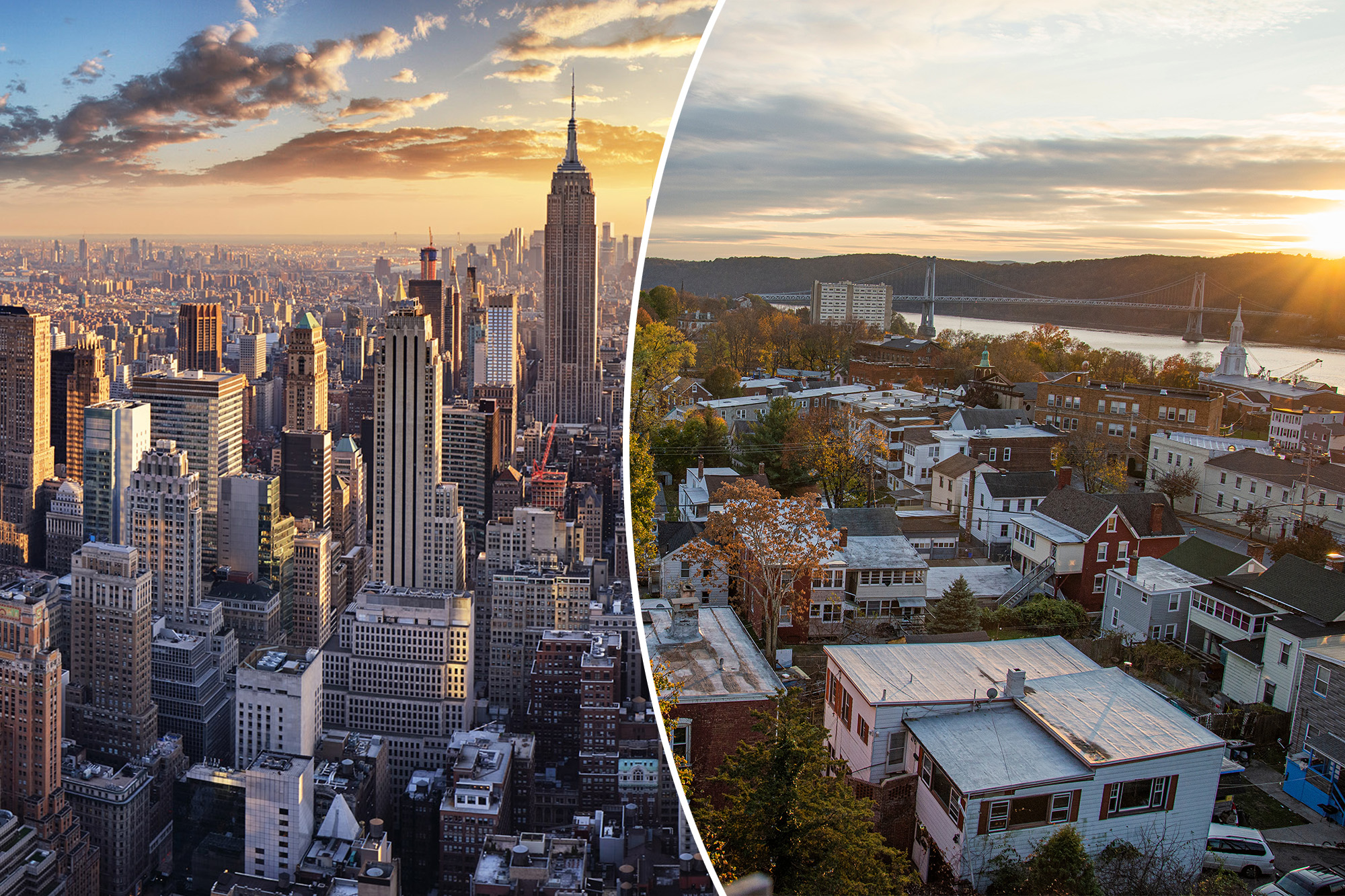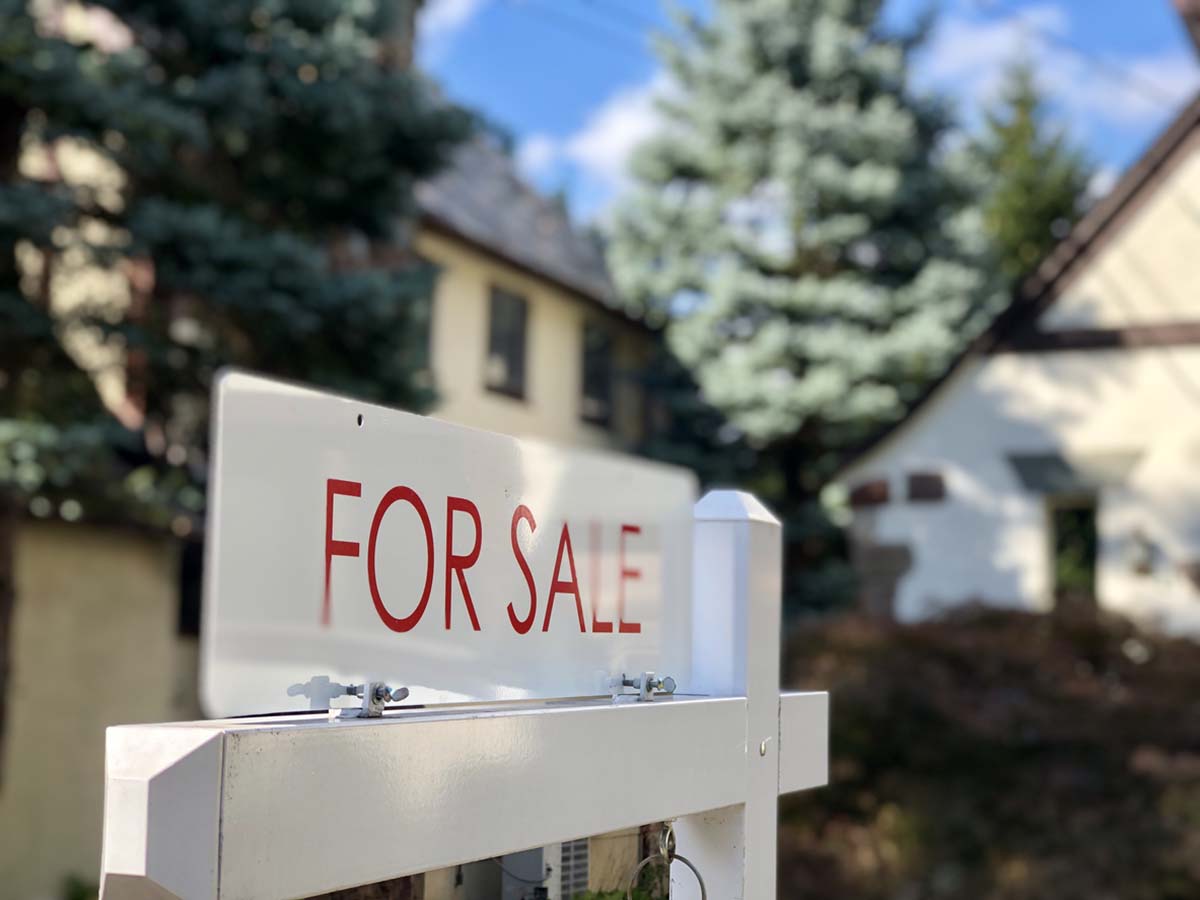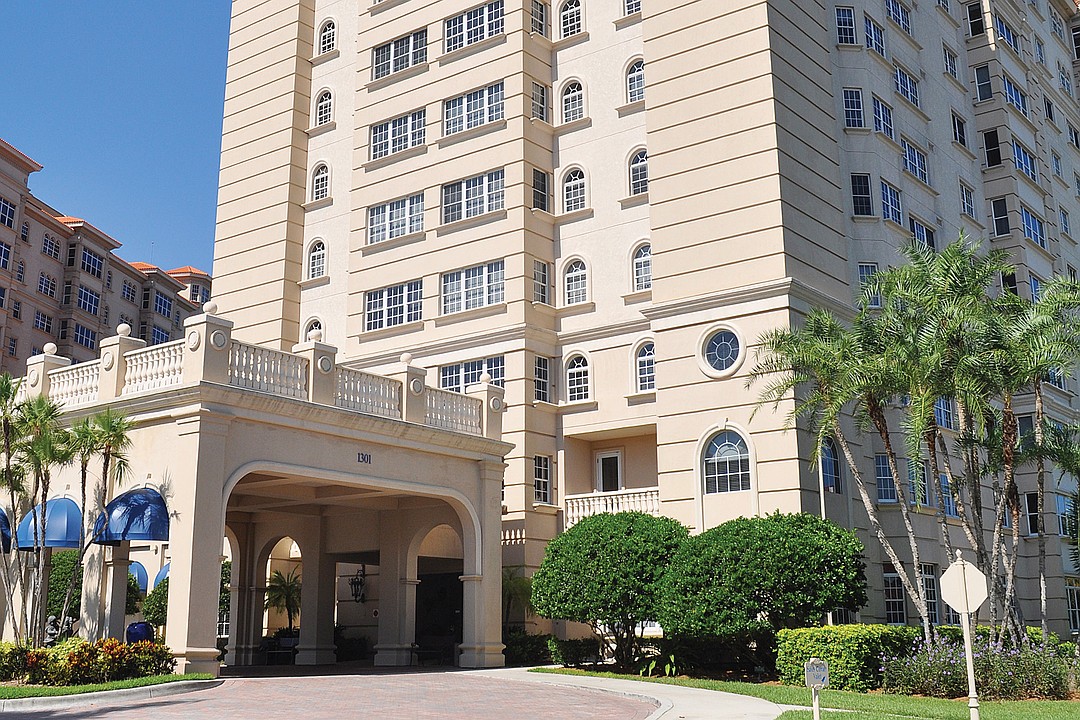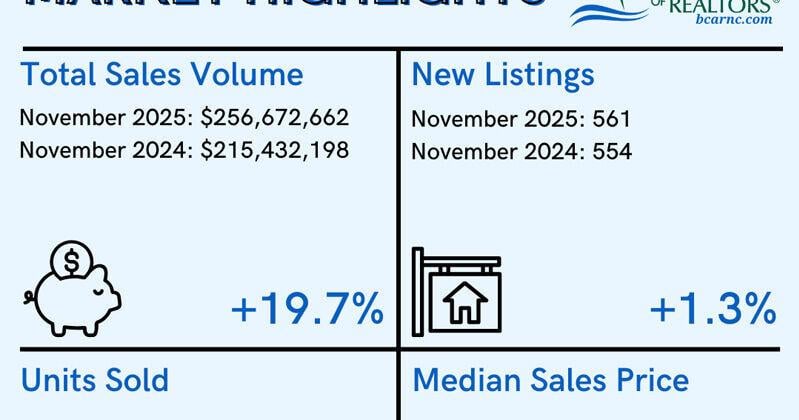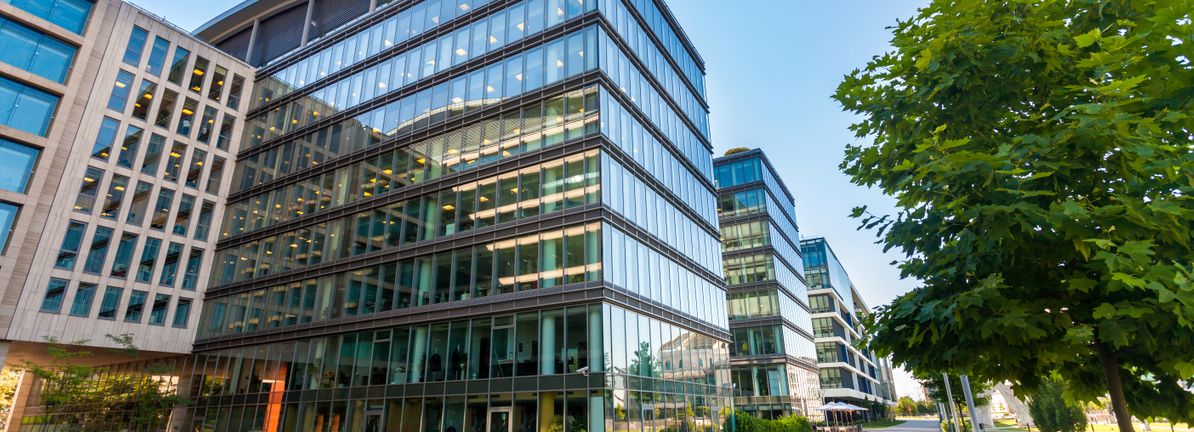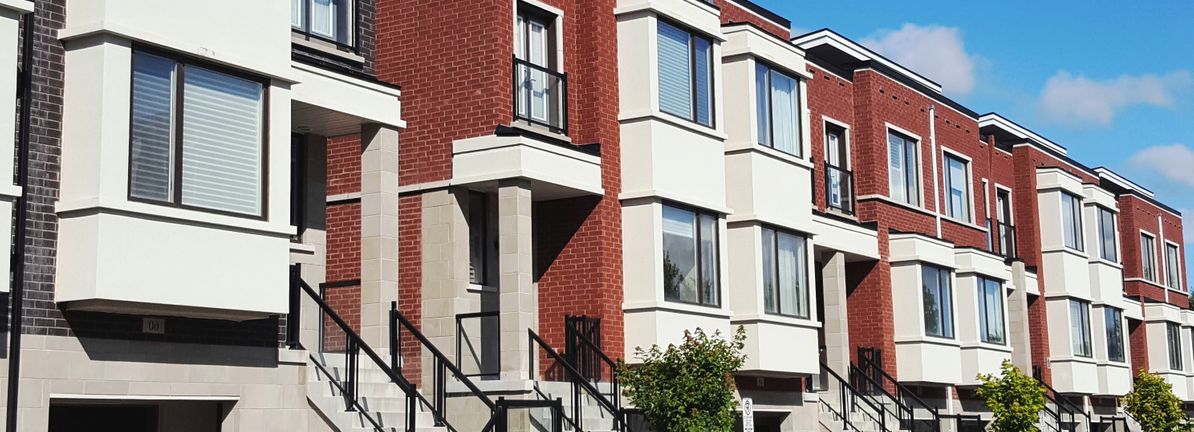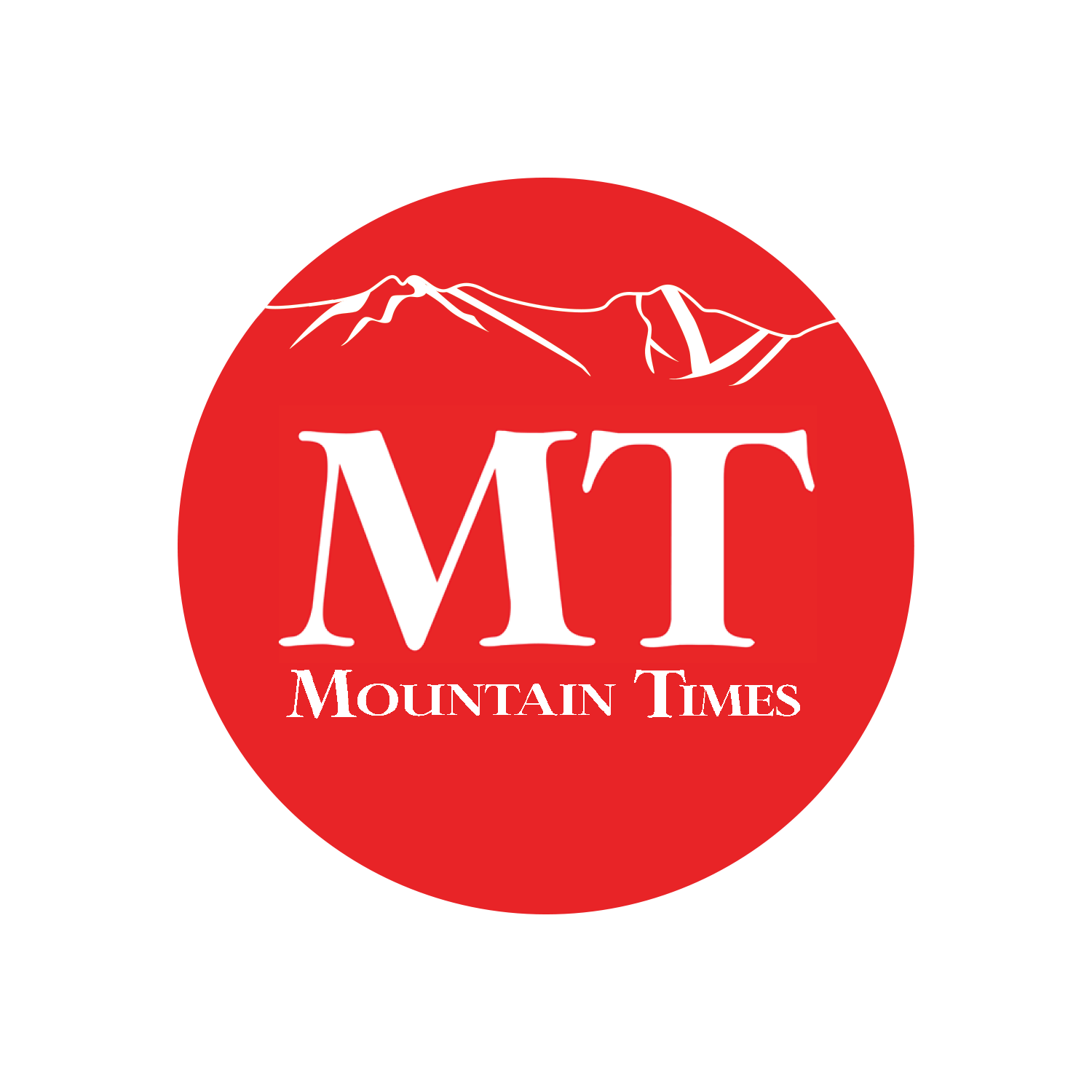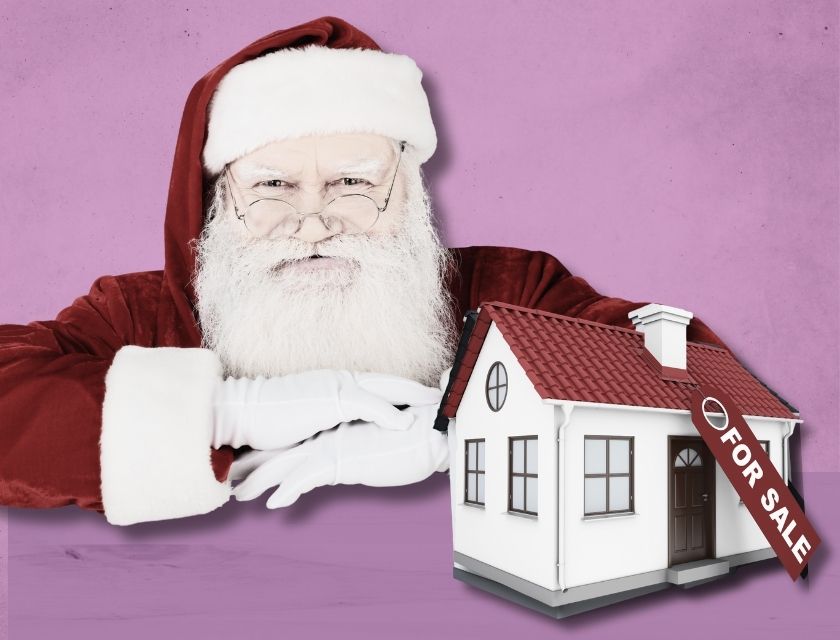N
ew York City’s dream of homeownership is becoming a costly reality. Monthly rents have surged, pushing residents into a financial strain that many can no longer ignore. While the pandemic saw the city’s rents fall steeply, the trend has reversed: by Q3 2025, rents are climbing again, surpassing pre‑pandemic levels.
Across all five boroughs, the median rent rose by $185 in the third quarter of 2025. Manhattan’s median asking price sits at $4,747—up $267 from a year earlier. This spike reflects the fierce competition for affordable units and the growing pressure on renters to seek alternatives.
Jillian Pajer of Douglas Elliman’s Oliveira Pinkas Team notes that many New Yorkers are leaving the city but staying within commuting distance. The Hudson Valley, Westchester County, and even parts of Pennsylvania are becoming prime destinations. “NYC rents are expensive, and the competition to even get an affordable one is fierce,” she says. “We’re still seeing people move farther north, and there’s no slowdown.”
The Hudson Valley’s appeal lies in its blend of nature, culture, and accessibility. Pajer, who sells homes there, describes it as “the perfect balance of nature, culture, and ease.” For Manhattanites, the region offers larger homes, more space, and easy outdoor access—all at a fraction of the cost of a $5,000‑per‑month NYC apartment.
Jiayi Xu, a Realtor.com economist, explains that at current NYC rent levels, relocating outside the city provides renters with larger units, better amenities, and a clearer path to homeownership. In Q3 2025, the median asking rent for 0‑2 bedroom units was $3,581—a $203 increase from the previous year—while three‑plus bedroom units averaged $4,948, up $49 year over year. For someone paying nearly $5,000 a month, the savings in the suburbs can be substantial.
Xu points out that the rent‑to‑income ratio for a typical NYC renter is 56.7% in 2025Q3. More than half of their income goes toward housing, leaving little room for savings, groceries, transportation, or healthcare. The high cost of living makes it difficult for renters to build a down payment or invest in property.
The Hudson Valley has evolved from a weekend getaway to a full‑time lifestyle for many. Remote work has accelerated this shift, with buyers seeking space, nature, and community. Inventory remains tight, especially for homes with historic charm or modern updates. According to Realtor.com economists, Westchester County—just north of NYC—is a popular commuting alternative, while towns like Poughkeepsie (Dutchess County), Middletown (Orange County), and Kingston (Ulster County) are top Hudson Valley spots for Manhattanites.
Geoffrey Green, broker and owner with Better Homes and Gardens Real Estate Green Team, says the region offers sweeping landscapes, charming towns, and a slower pace of life, all within striking distance of the city. “The Hudson Valley has gone from a weekend getaway to a full‑time lifestyle for many New Yorkers,” he notes. “Remote work opened the floodgates, and the region saw a surge in buyers seeking space, nature, and a sense of community.”
Rail‑served towns such as Tarrytown, Peekskill, Beacon, and Cold Spring remain popular because they blend lifestyle with predictable travel. Jordan Vaccaro of the Garay‑Michaud Team at SERHANT highlights that towns like Beacon, Rhinebeck, Hudson, and Kingston feel small and friendly yet deliver serious dining, galleries, and events. The heart of the Hudson Valley is under 90 minutes from NYC, making it a convenient weekend retreat and an easy place to live full time.
For a monthly rent of $4,747 in Manhattan, a renter could purchase a four‑bedroom home in Poughkeepsie for $675,000 on seven acres. In Kingston, a $995,000 fully renovated Colonial Revival home from 1896 offers four bedrooms and 3.5 baths on a double‑sized lot. A one‑bedroom cottage in Garrison sells for $380,000, set on an acre with exclusive lake rights to Cortlandt Lake, offering swimming, kayaking, or tennis—all within an hour of the city.
The Hudson Valley’s appeal is its natural beauty and strong community. Residents enjoy river and mountain views, extensive trail systems, four distinct seasons, a deep farm‑to‑table culture, and world‑class art, music, and design. Vaccaro emphasizes that the region offers “river and mountain views, trail systems, four true seasons, and a deep farm‑to‑table culture alongside world‑class art, music, and design.”
In summary, NYC’s rent surge has pushed many residents to look beyond the city’s borders. The Hudson Valley, Westchester County, and nearby states offer larger homes, better amenities, and a more affordable lifestyle—all within a reasonable commute. As remote work continues to reshape living preferences, the region’s inventory remains tight, but its blend of nature, culture, and accessibility makes it an attractive alternative for those seeking relief from the city’s high cost of living.
